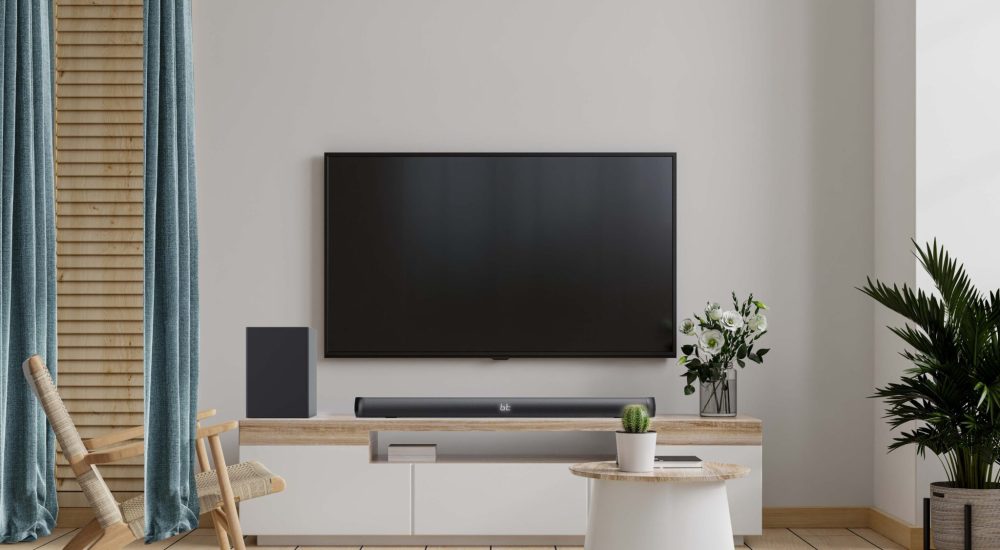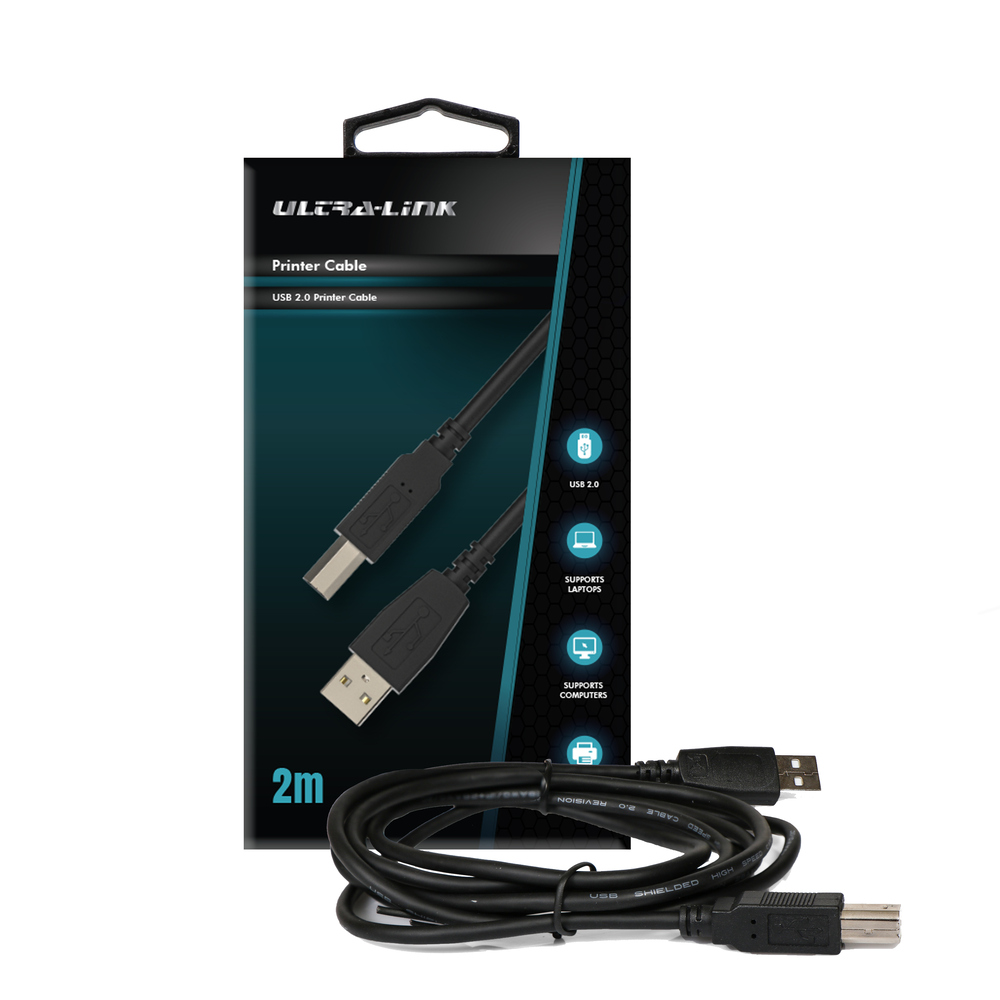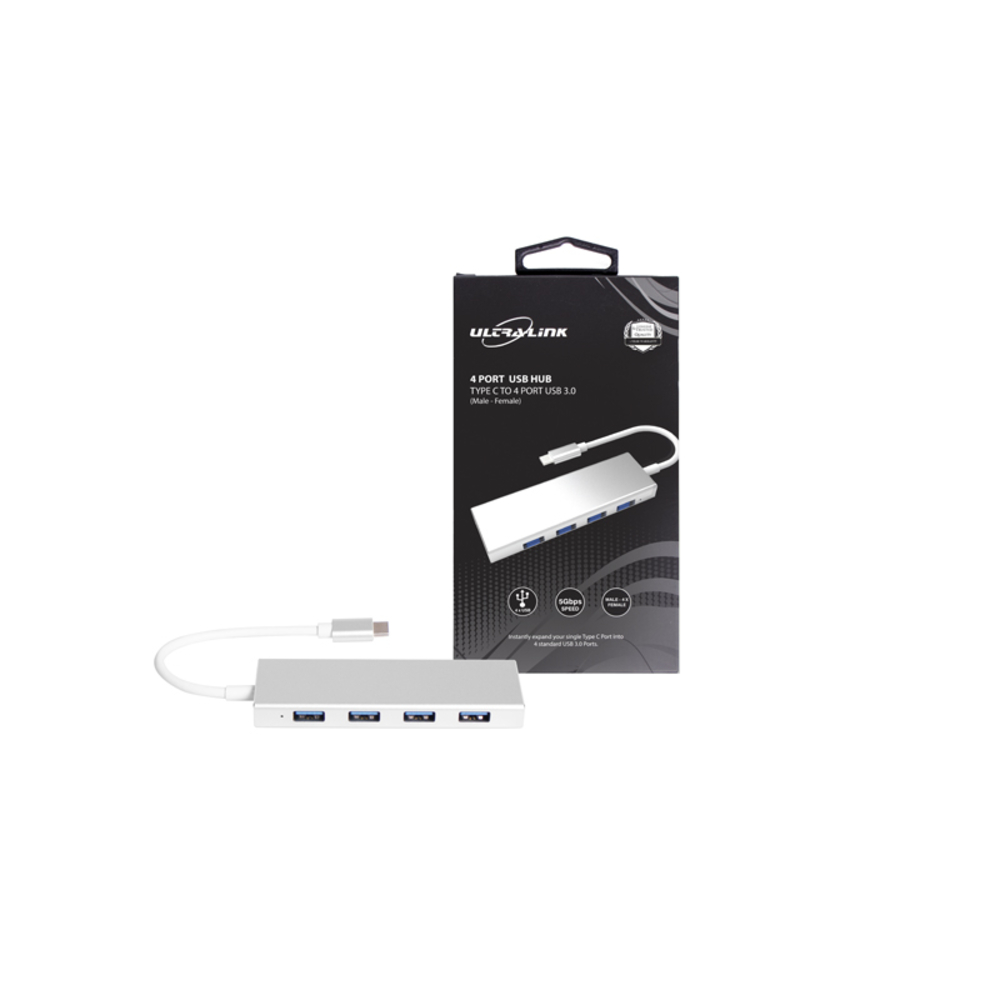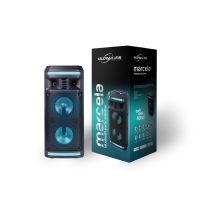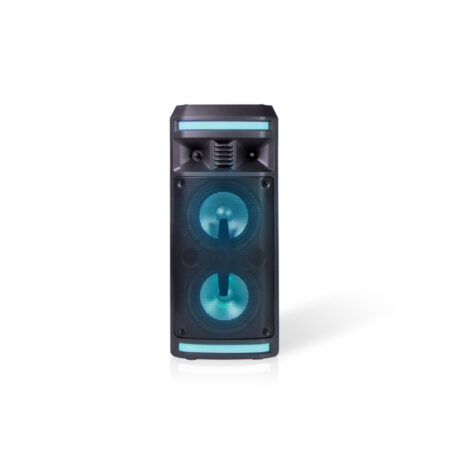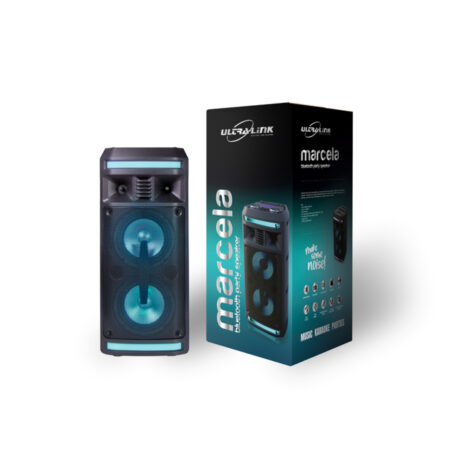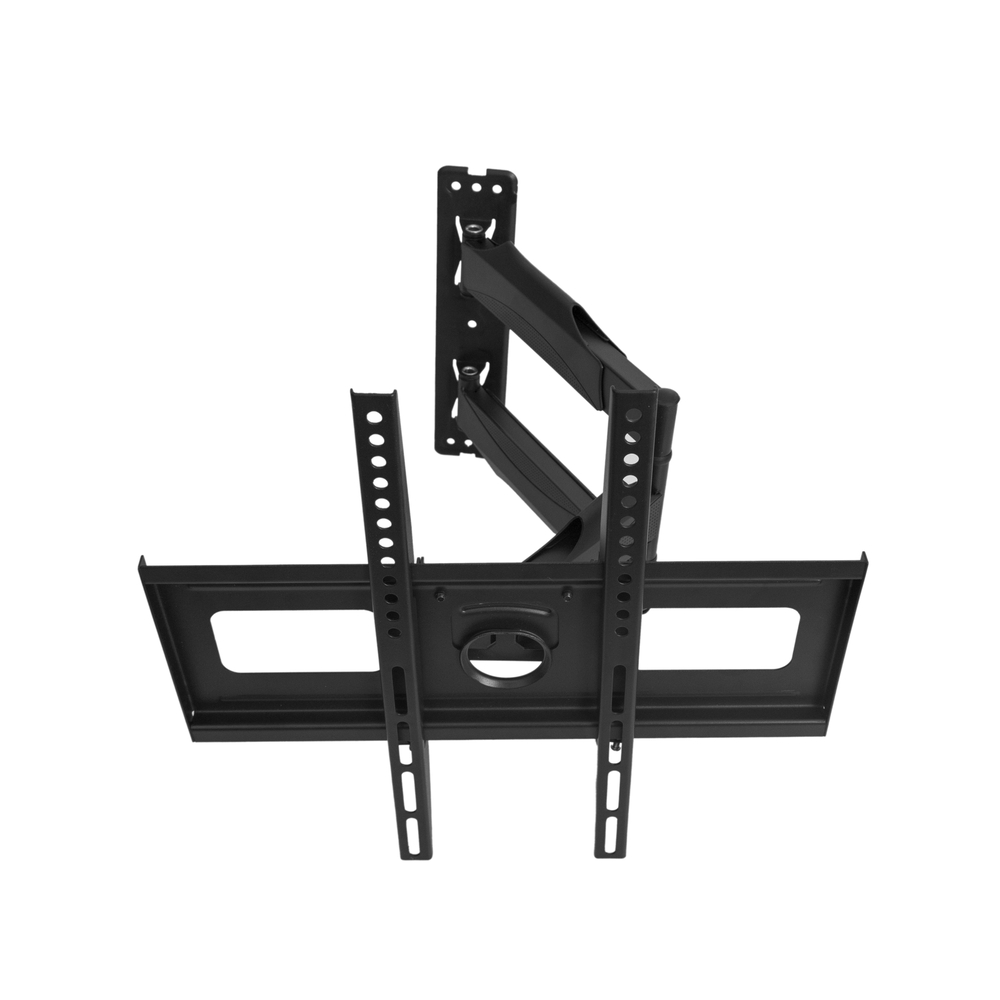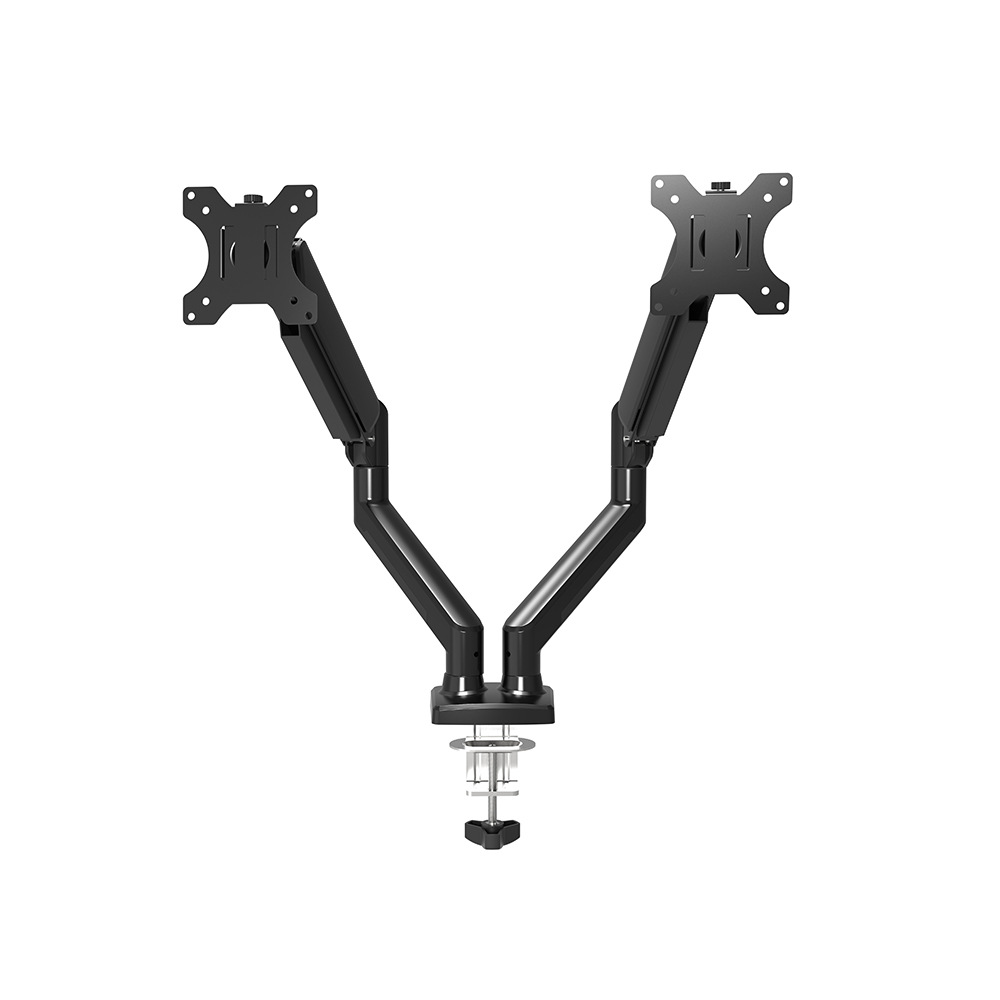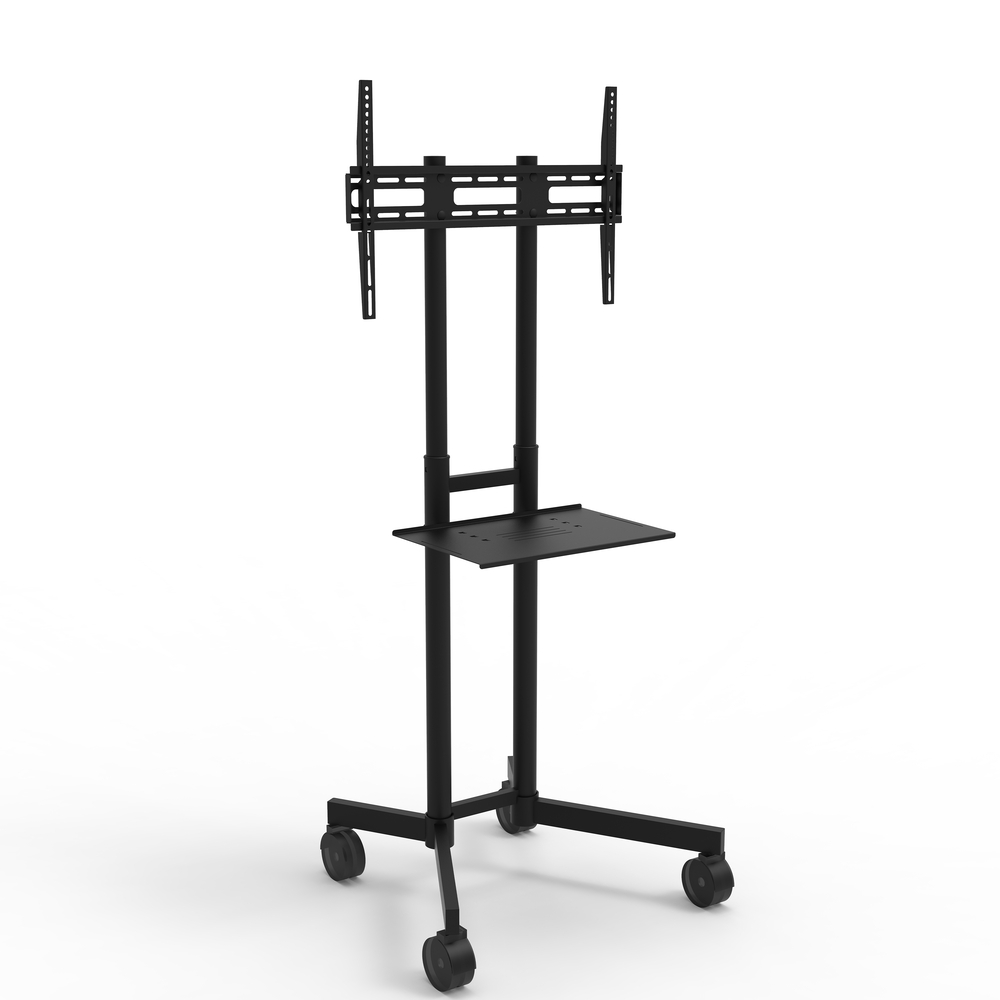A soundbar is essentially a compact audio device that houses multiple speakers, designed to be positioned right beneath your television. Its primary purpose is to enhance your home viewing experience by providing a richer sound. While soundbars may not match the audio fidelity of a full-fledged multi-speaker system, they often come close enough for most listeners. Additionally, they occupy less space and offer a wide range of options to fit various budgets. In contrast to soundbars, traditional surround sound systems utilize multiple speakers strategically placed throughout the room. These setups typically include configurations like 5.1 or 7.1, which consist of five or seven speakers along with a subwoofer. Soundbars aim to replicate this immersive audio experience in a more streamlined format, connecting to your TV with just one cable for convenience.
What should you look for in a soundbar
Soundbars advertise the ability to provide true surround sound, they are better viewed as a practical alternative to conventional systems rather than a complete replacement. They create a surround sound effect, particularly for rear channels, by employing technologies that either reflect sound waves around the room or manipulate audio signals to create the illusion of sound coming from specific locations. If your space features many soft surfaces, it may be wise to steer clear of beamforming models, as they perform better in environments with more hard surfaces.
Video switching functionality enables the transmission of video signals through the soundbar directly to your television. This feature is typically found in soundbars equipped with HDMI connections, simplifying your setup by minimizing the number of cables needed. Instead of multiple wires running from your DVD player to the soundbar and then to the TV, you only need one cable for each connection. When you connect the soundbar to the TV via a digital audio link, any content played on the television will automatically route its audio through the soundbar, enhancing your overall viewing experience.
While soundbars are primarily designed to sit on a stand beneath your television, there are options available for wall mounting if that suits your space better. Third-party mounts are generally horizontal, as soundbars are optimized for this orientation. Although it might be possible to install a soundbar vertically, it is not recommended since they are engineered to deliver sound effectively in a horizontal position. Additionally, certain soundbar models offer Wi-Fi capabilities, allowing you to stream high-quality audio seamlessly over your home network, further elevating your listening experience.
Go big for large entertainment spaces
For those with a spacious home theater or a living room that features an open floor plan and lofty ceilings, a robust soundbar is essential for achieving an immersive audio experience. In larger rooms, particularly those exceeding 500 square feet, sound waves can easily dissipate, especially if the soundbar is equipped with only a limited number of speakers. Additionally, reflective surfaces such as large windows, bare walls, and hard floors can complicate sound clarity, causing audio to bounce around and lose its definition. To truly enhance your listening experience in such expansive areas, a substantial soundbar is necessary, ideally complemented by additional speakers to form a comprehensive home theater setup. The Smart Ultra Soundbar stands out as Bose’s largest and most powerful model, measuring just over 41 inches in width—approximately the same size as a 50-inch television. With its nine speakers and two upward-firing dipole transducers, this soundbar skillfully disperses multidirectional sound throughout the room, creating the illusion that audio is emanating from various locations, thus delivering a captivating surround sound experience. Equipped with a 5.0.2-channel configuration, this soundbar supports Dolby Atmos and can be easily integrated with subwoofers for enhanced bass, further immersing you in rich audio. Additionally, the Smart Ultra Soundbar features ADAPTiQ audio calibration technology, which assesses the acoustics of your space and fine-tunes the sound output for a more tailored listening experience.
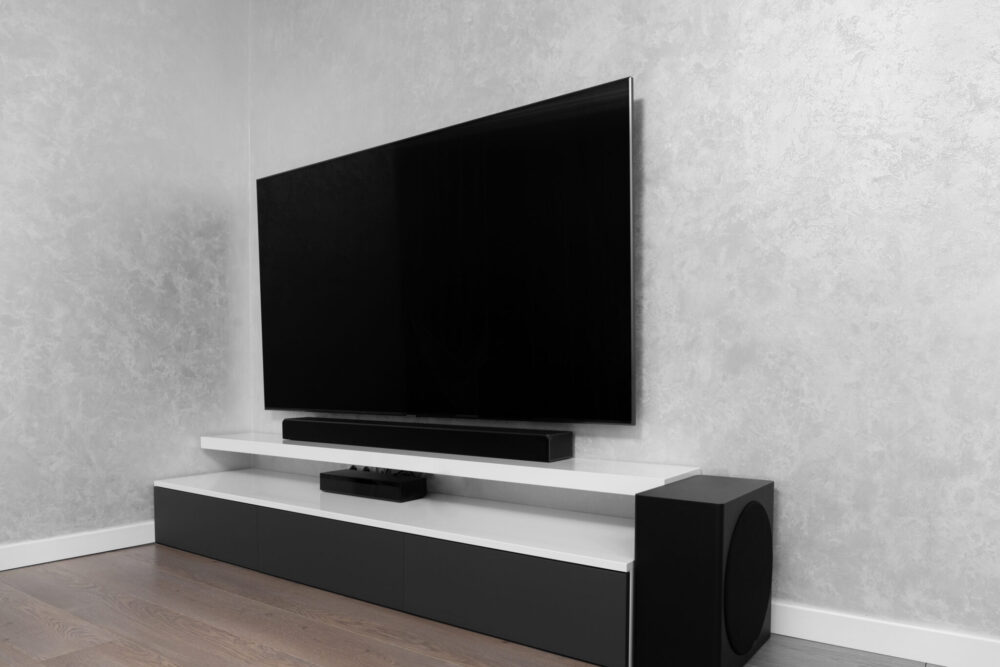
Find balance in mid-sized living spaces
The Ultra Link 5.1Ch Soundbar is designed to elevate your home audio experience to new heights. It is tailored for medium-sized entertainment spaces, making it a perfect fit. Measuring full-range speakers, consisting of 2 x 15W 2.25″ drivers, mid-range speakers with 2 x 15W 2.25″ drivers, and surround sound speakers powered by 2 x 15W 2.25″ drivers. These components work together to create a rich and immersive audio environment. Additionally, it features Bluetooth 5.0 technology, which offers seamless wireless connectivity to your smart devices. You can easily stream music from your smartphone or tablet with a reliable connection, eliminating the need for cumbersome cables.
Stay simple for smaller rooms
Different Audio Technologies
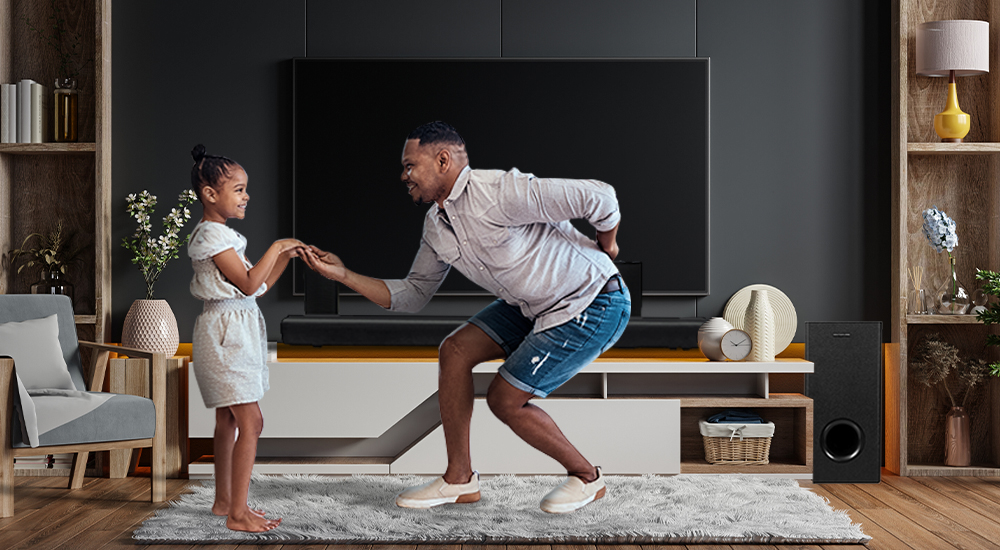
Where to place a soundbar
Selecting the ideal wireless soundbar is just one aspect of achieving an exceptional audio experience. Equally crucial is its placement, which can significantly influence sound quality. Whether you opt for wall-mounting or setting it on a table or console, there are several important considerations to keep in mind. Firstly, aim to position your soundbar at ear level. This alignment ensures that the audio travels directly to your ears when seated, enhancing clarity and overall sound quality. Additionally, it’s wise to maintain a reasonable distance between the soundbar and your television. Placing them too close can obstruct the TV’s infrared sensor, which is essential for remote control functionality, potentially leading to frustrating interruptions during your viewing experience. Lastly, resist the urge to recess your soundbar into furniture or walls. While it may seem aesthetically pleasing, doing so can hinder the performance of the soundbar, especially models with upward-firing speakers. Furthermore, ensuring that your soundbar is stable and secure is vital, whether mounted or placed on a surface. Any movement during playback can disrupt sound quality, so a firm installation is key to enjoying your audio to the fullest.

